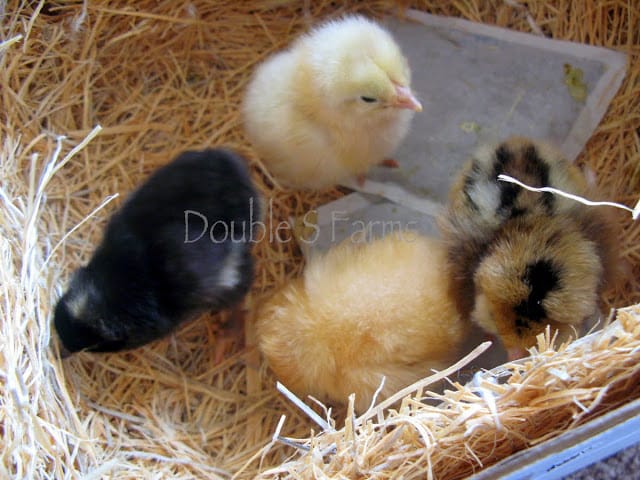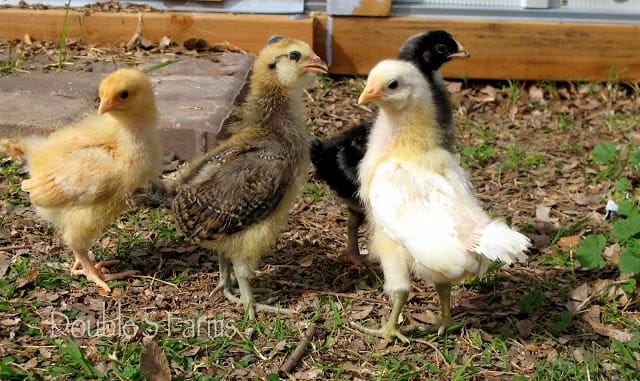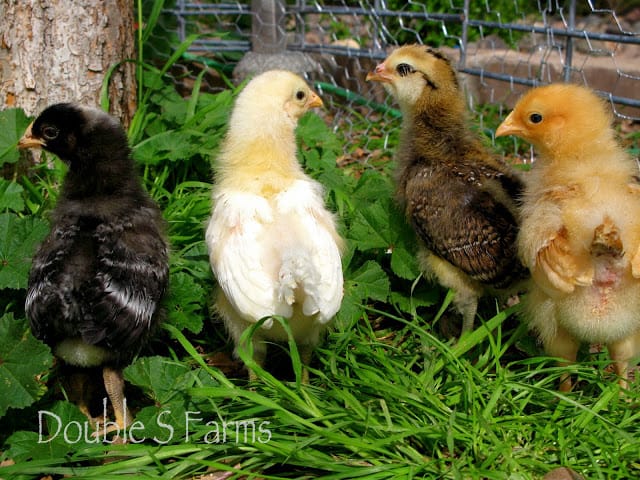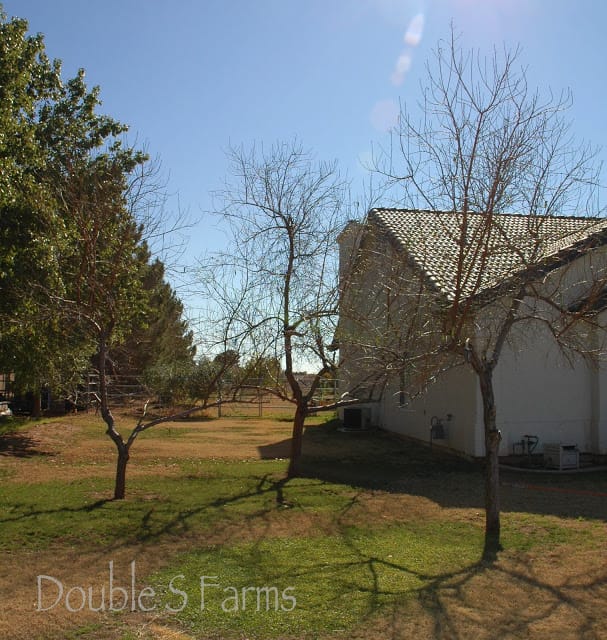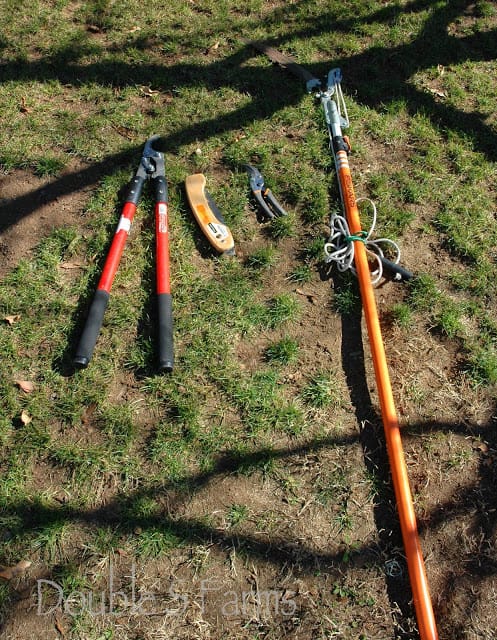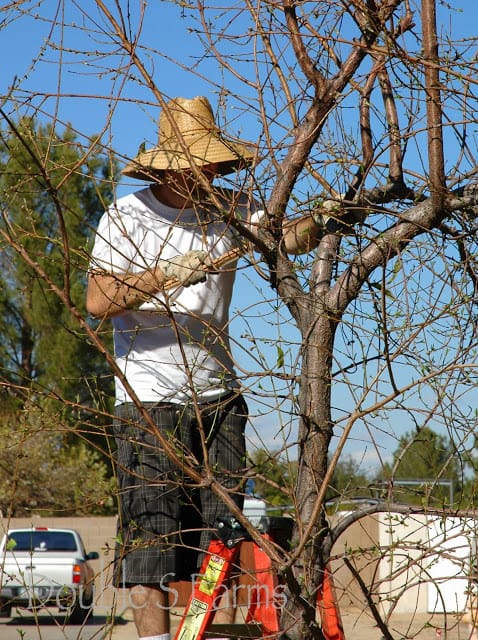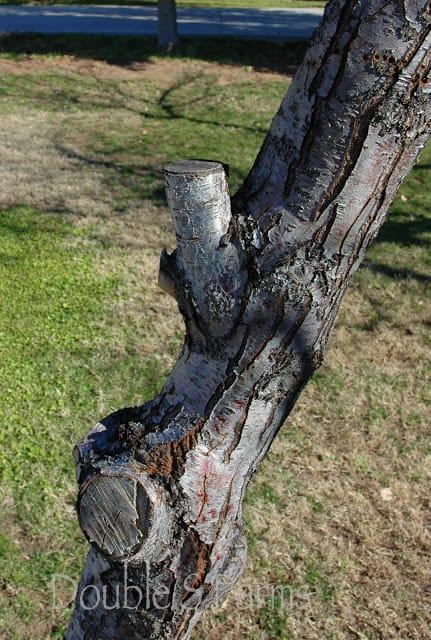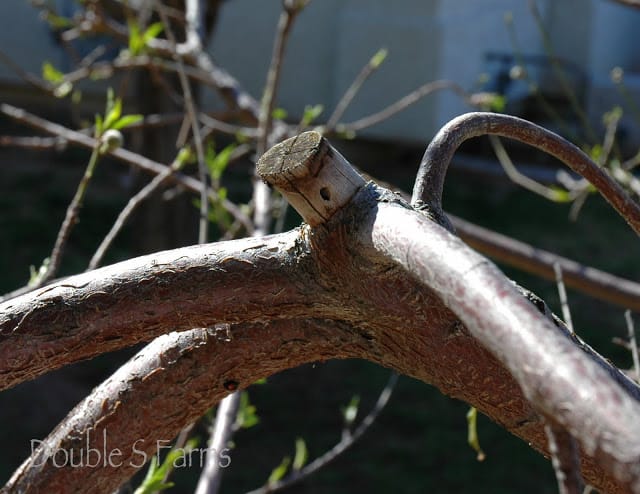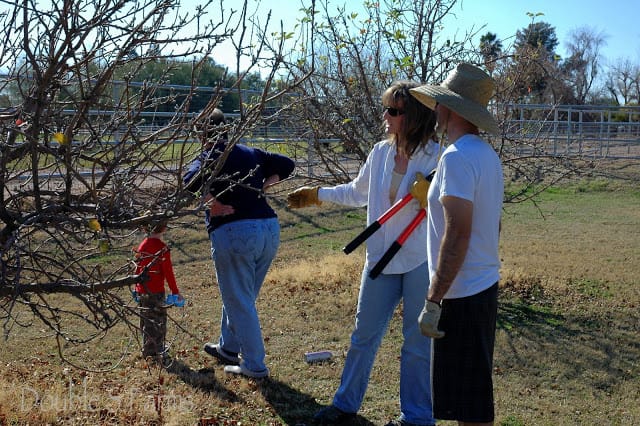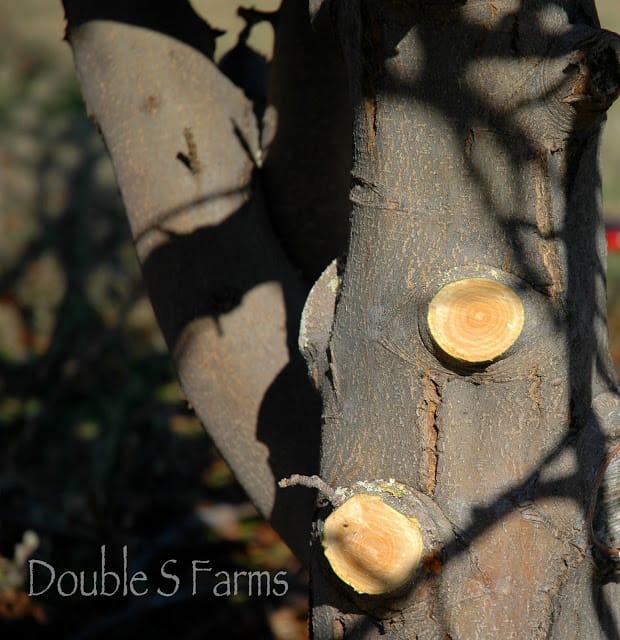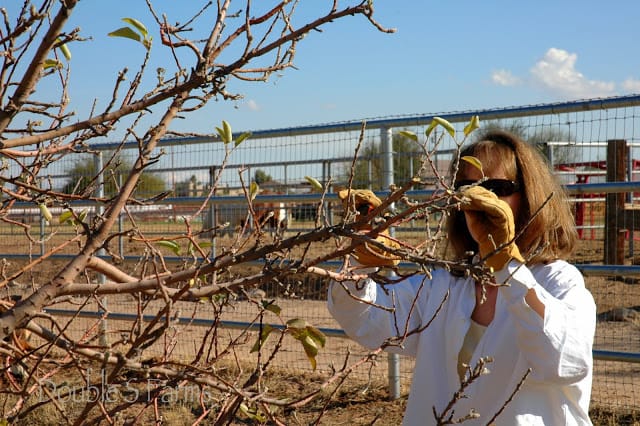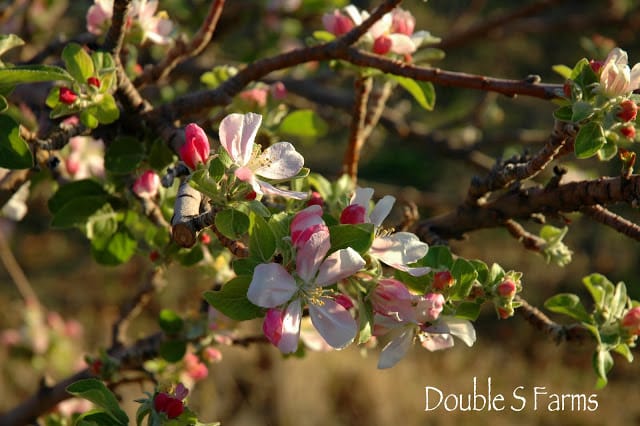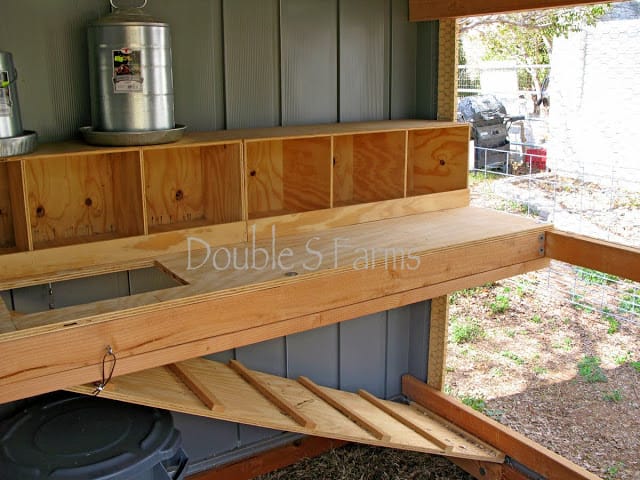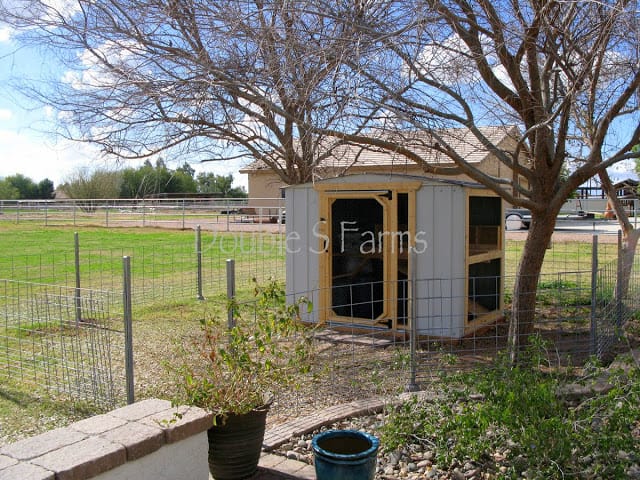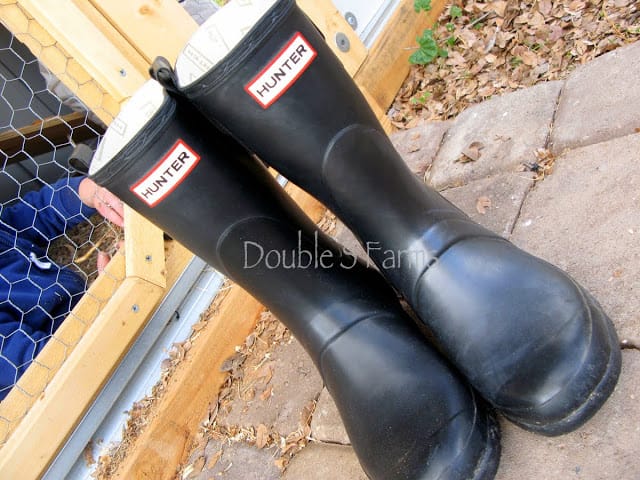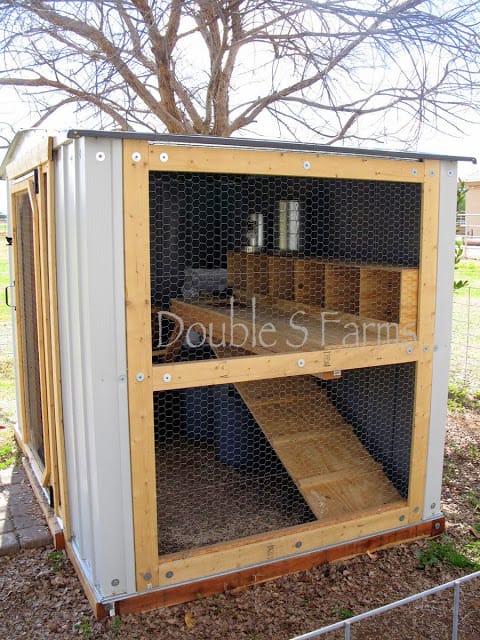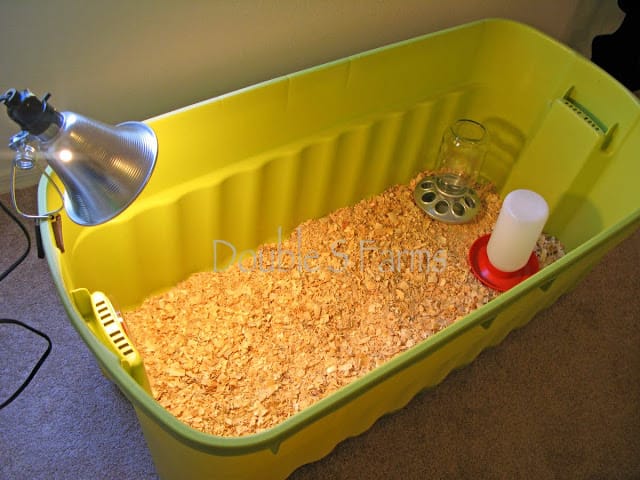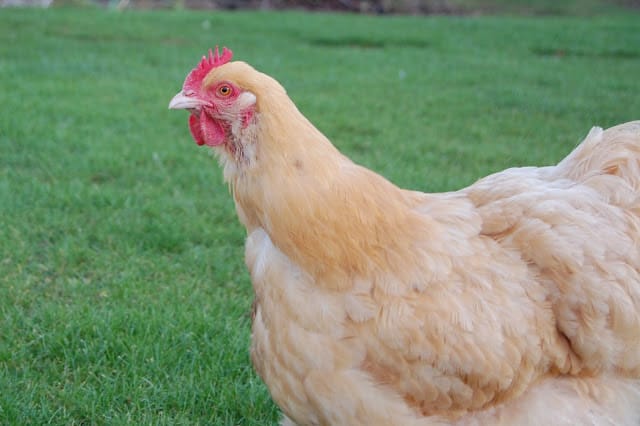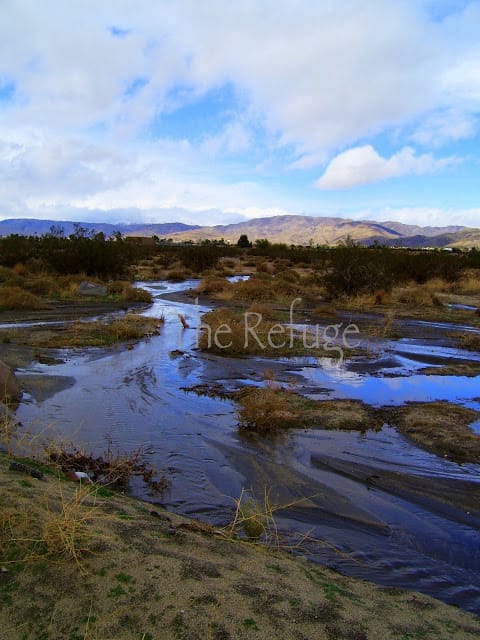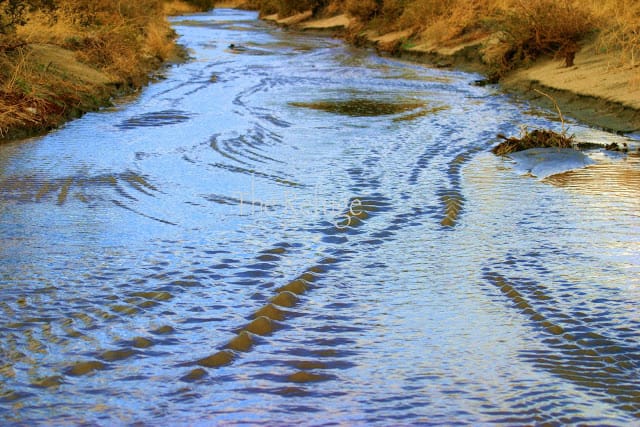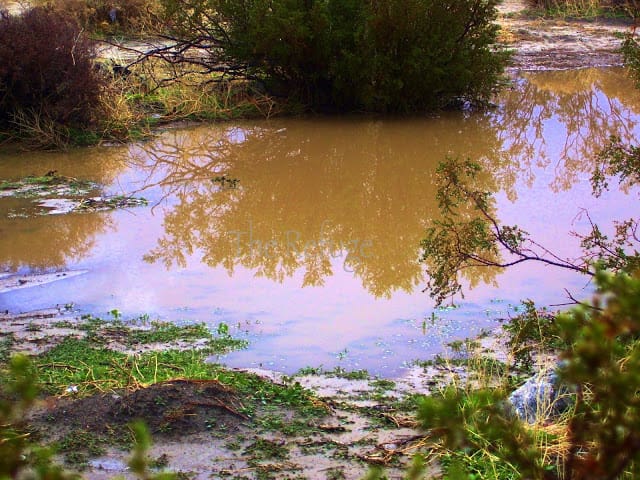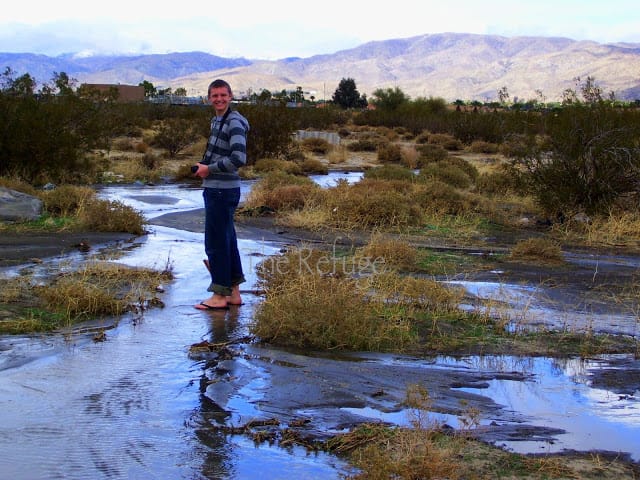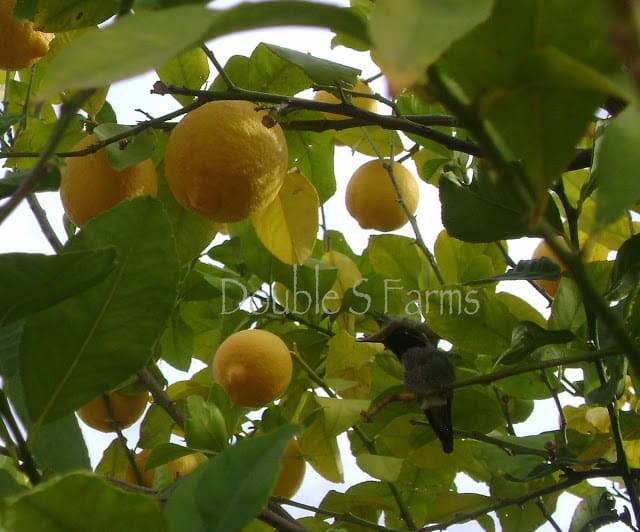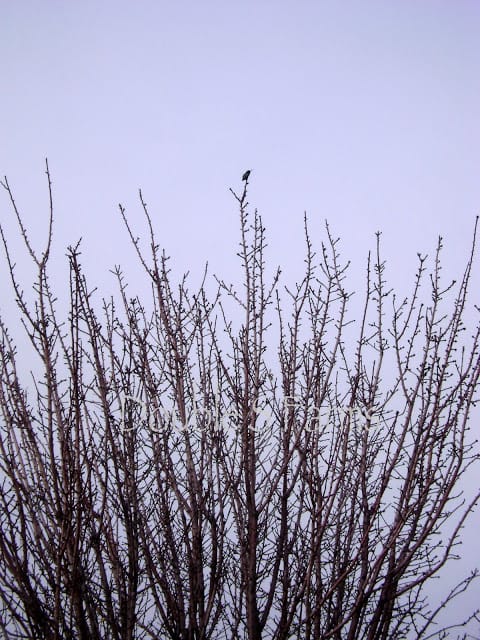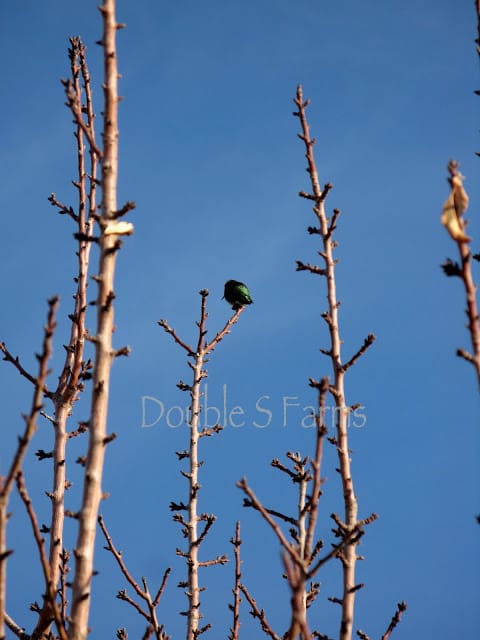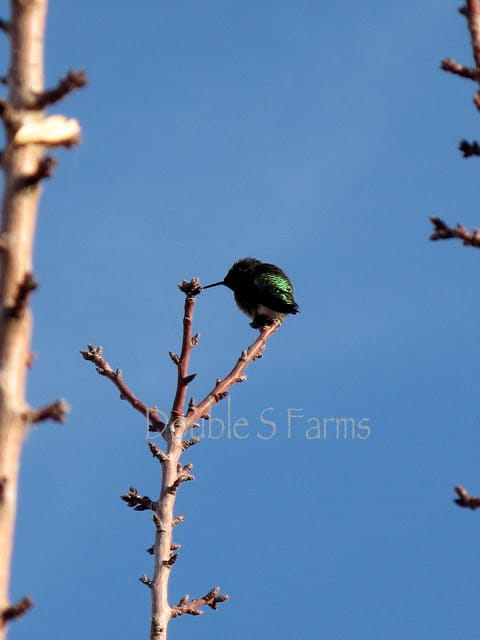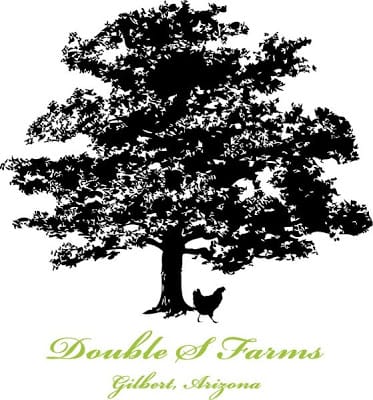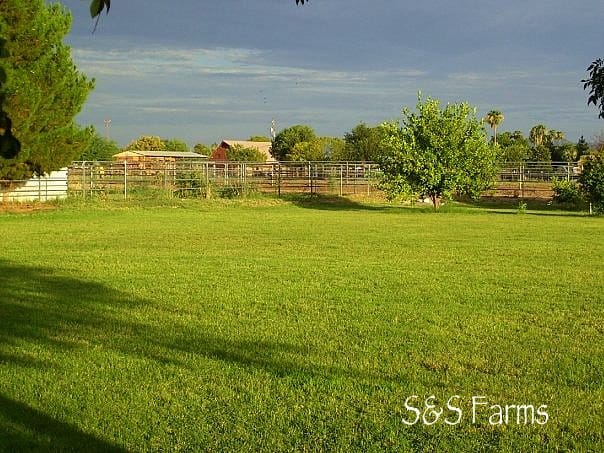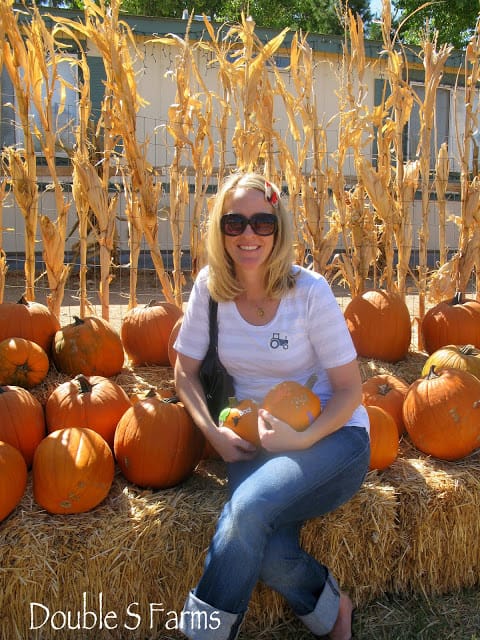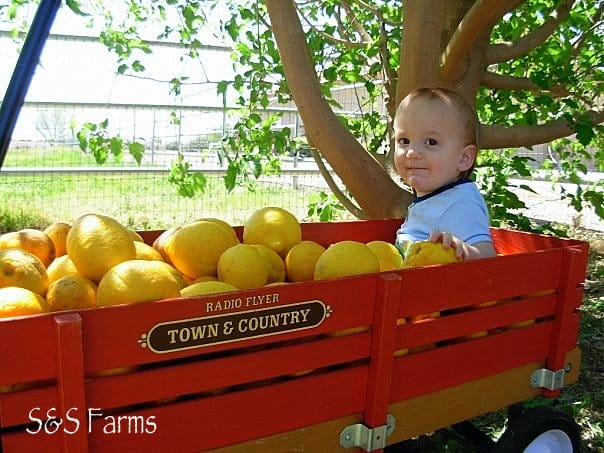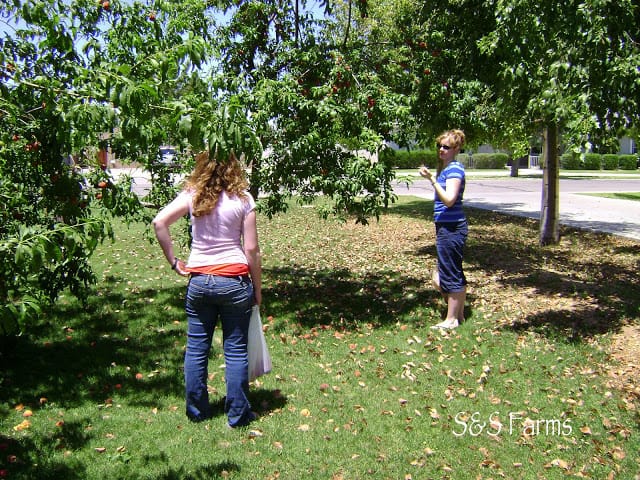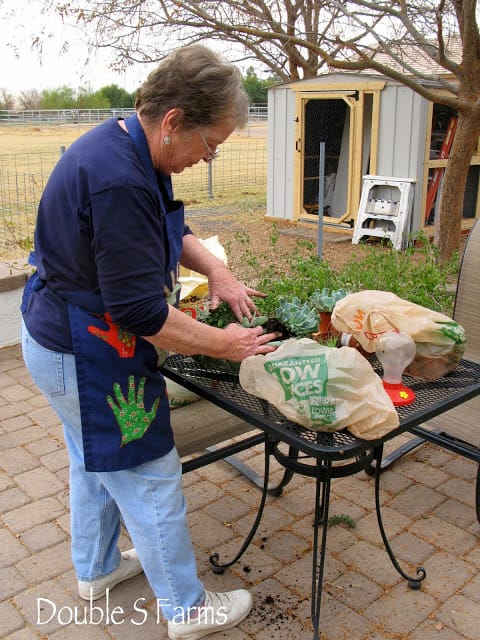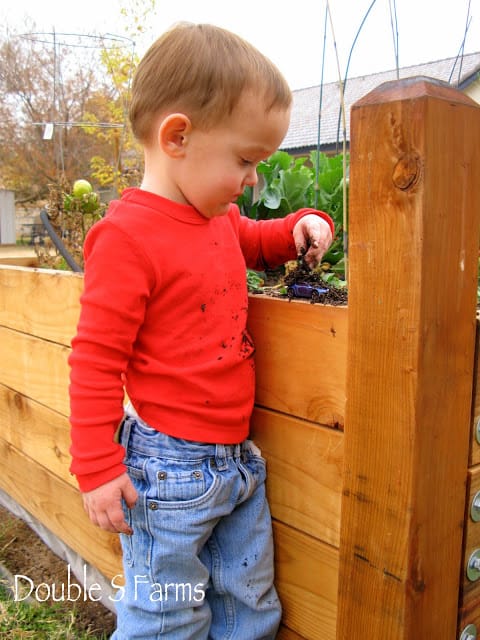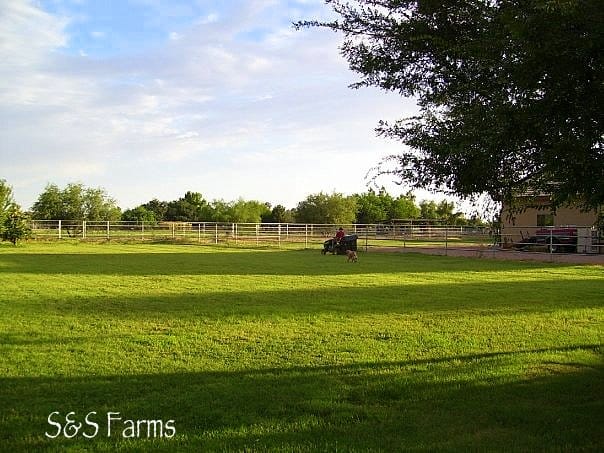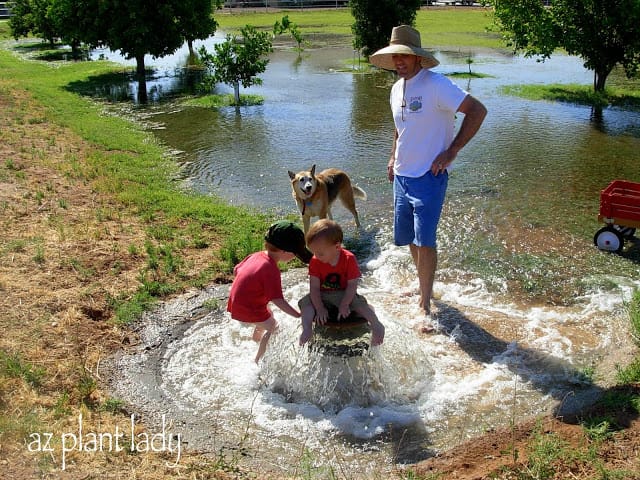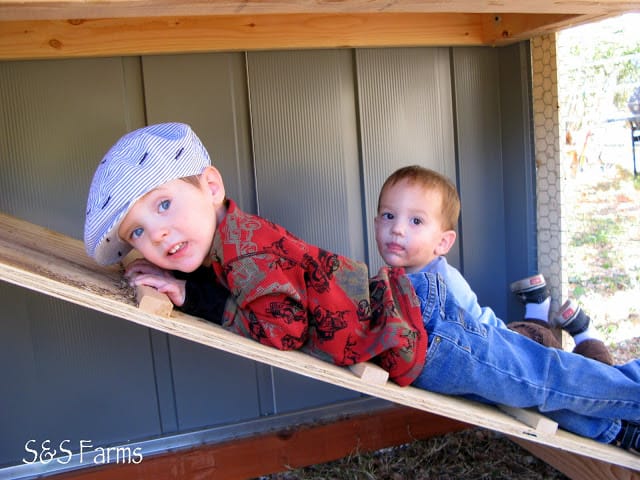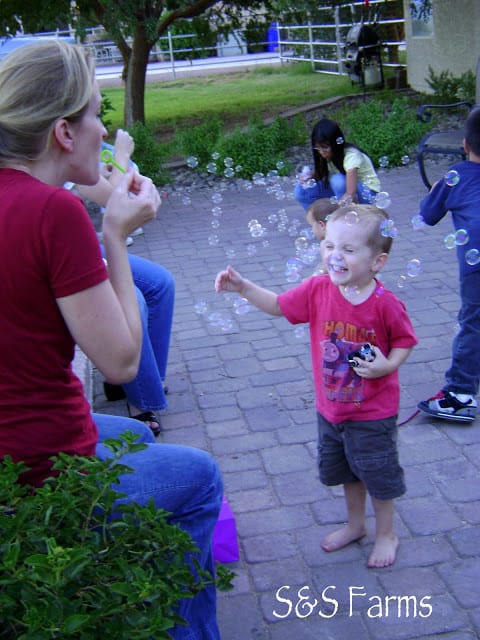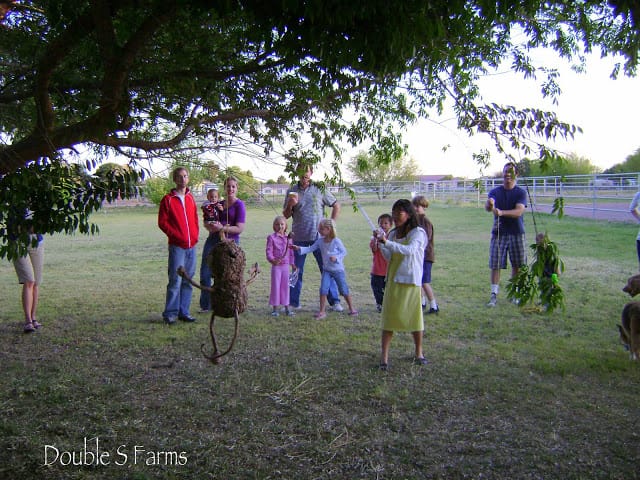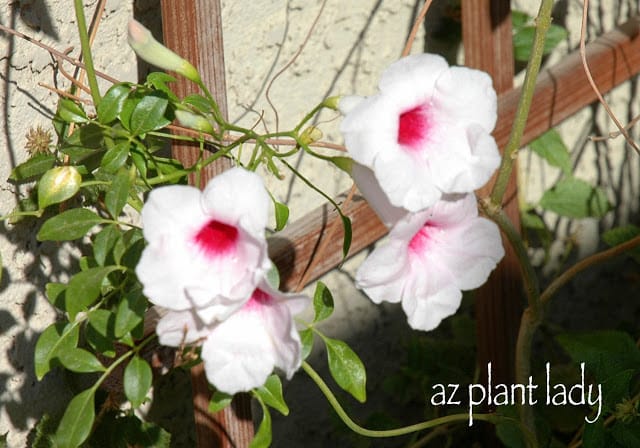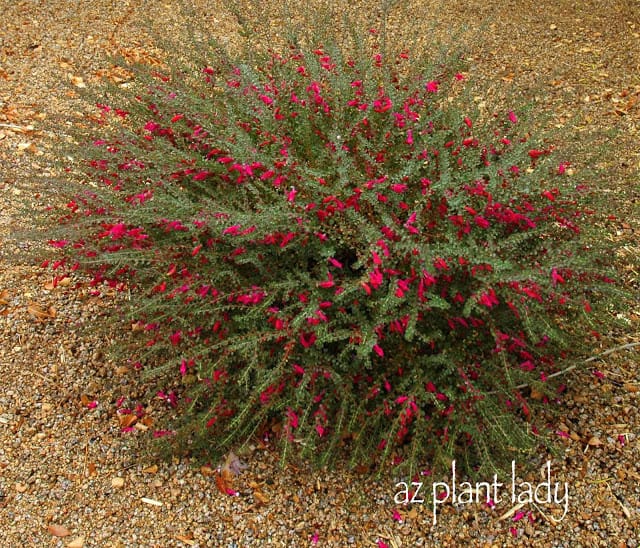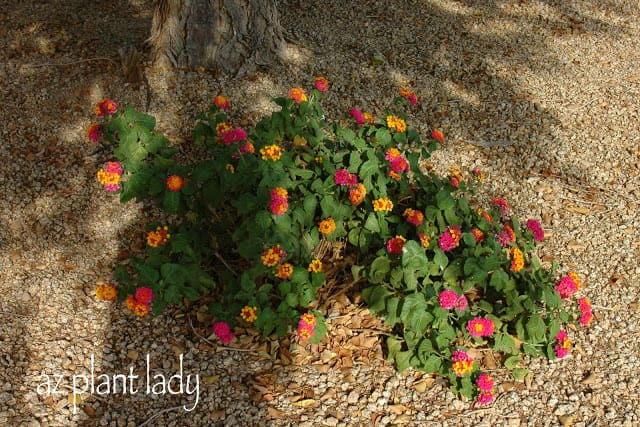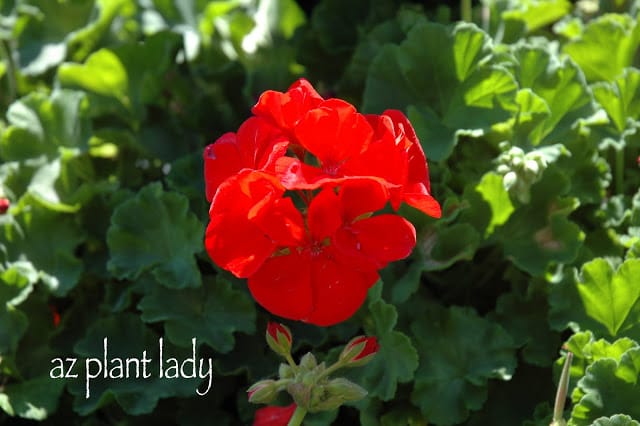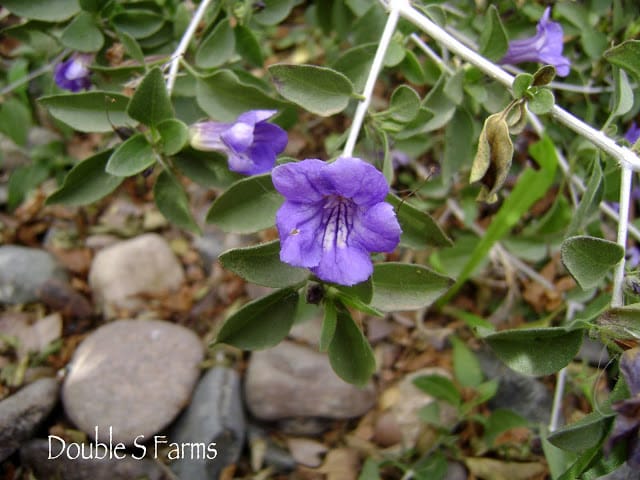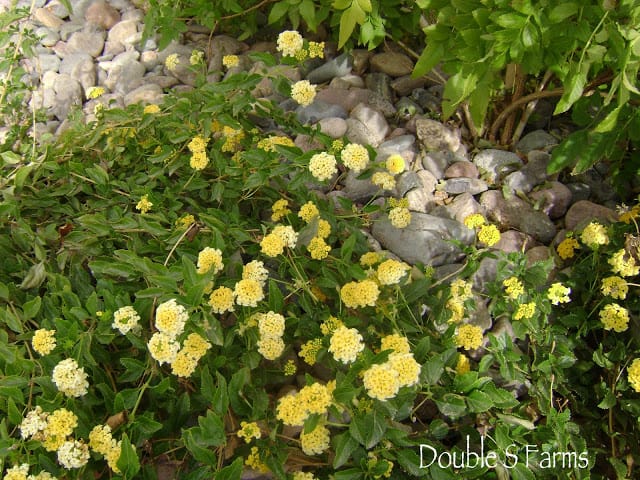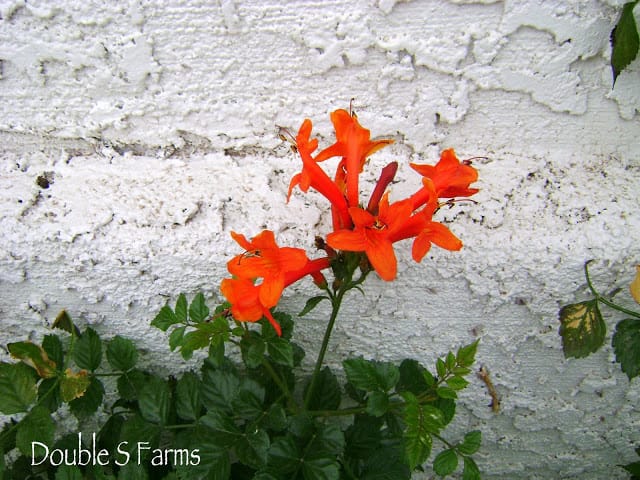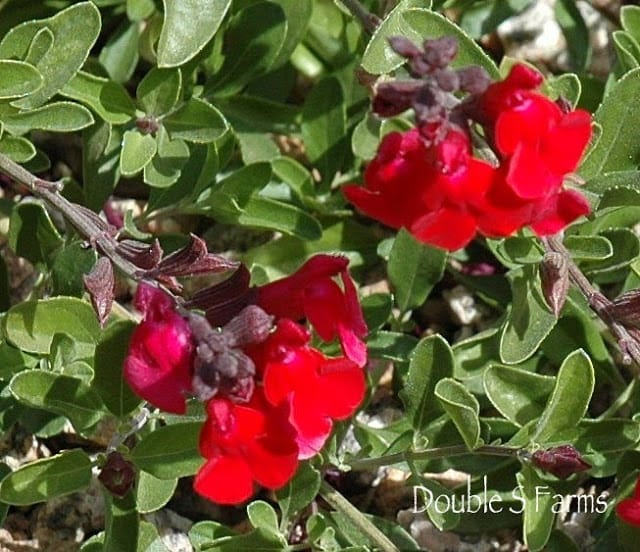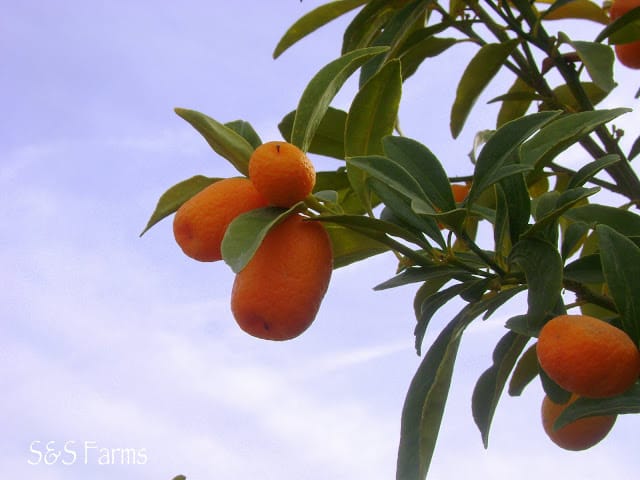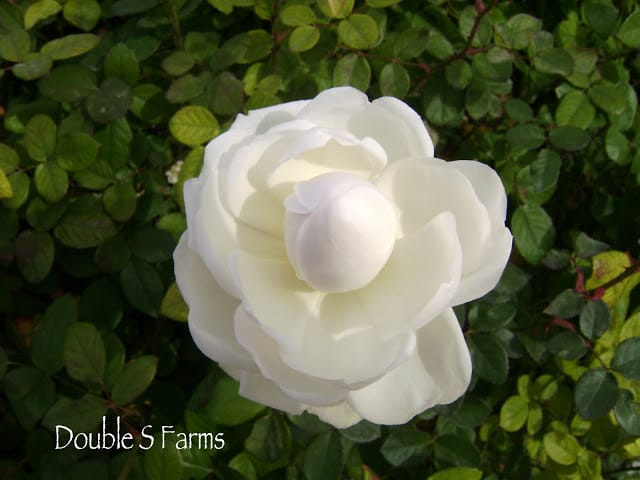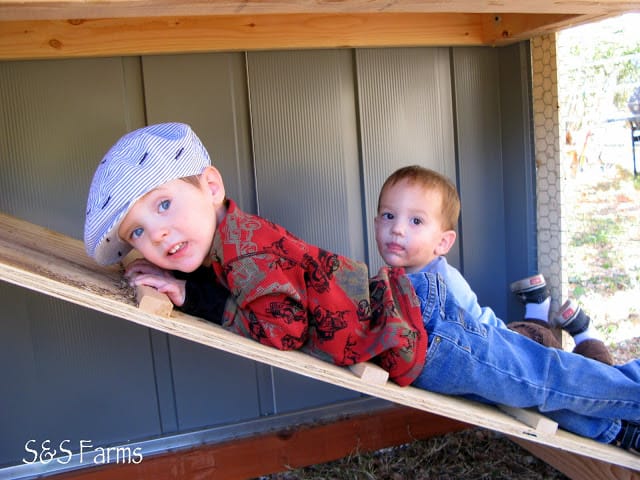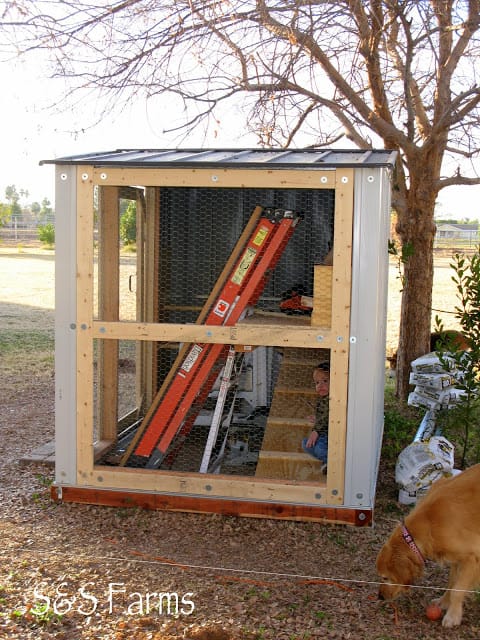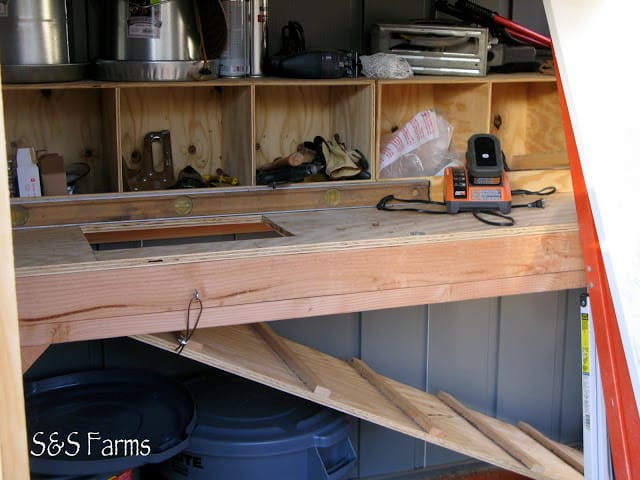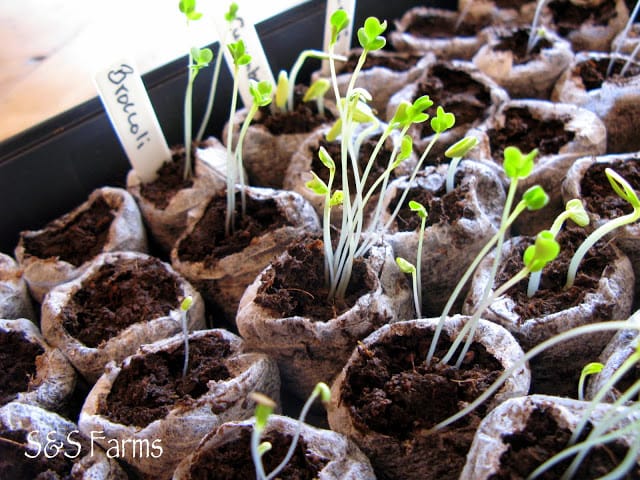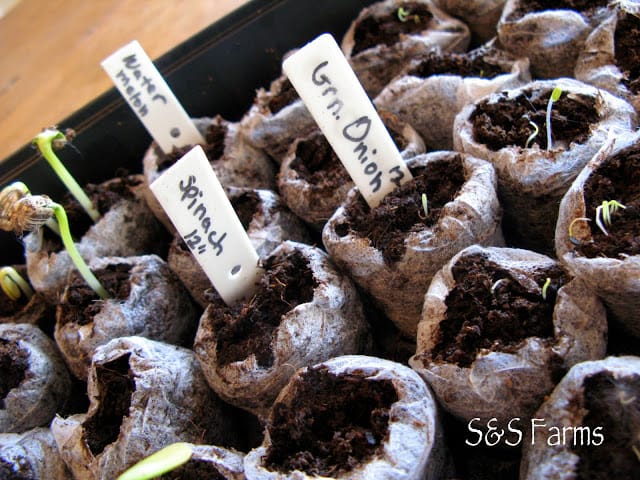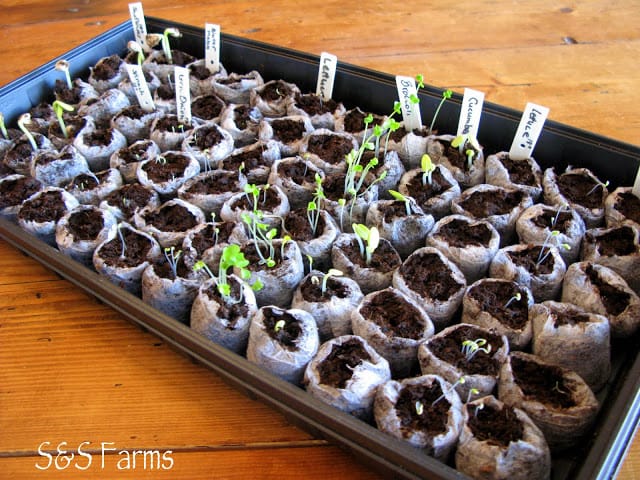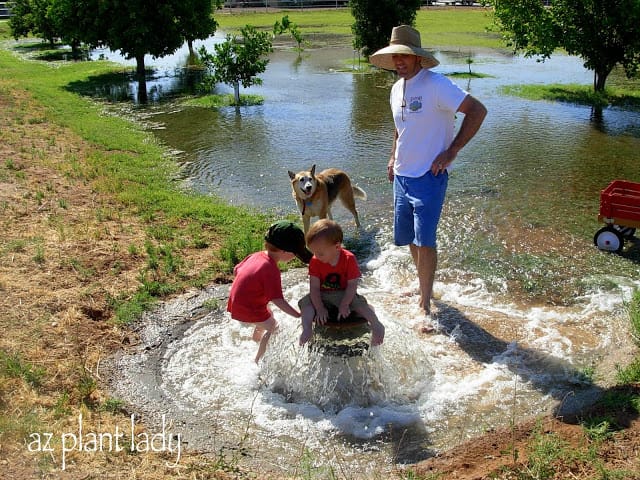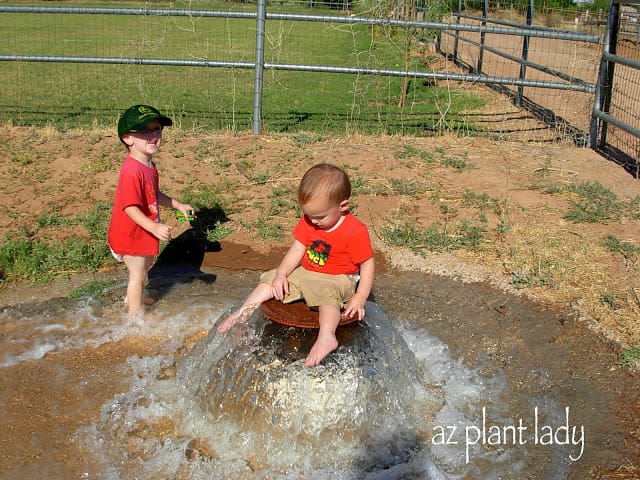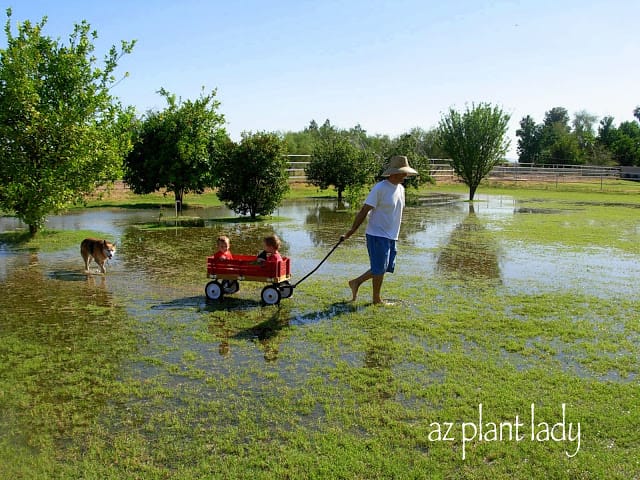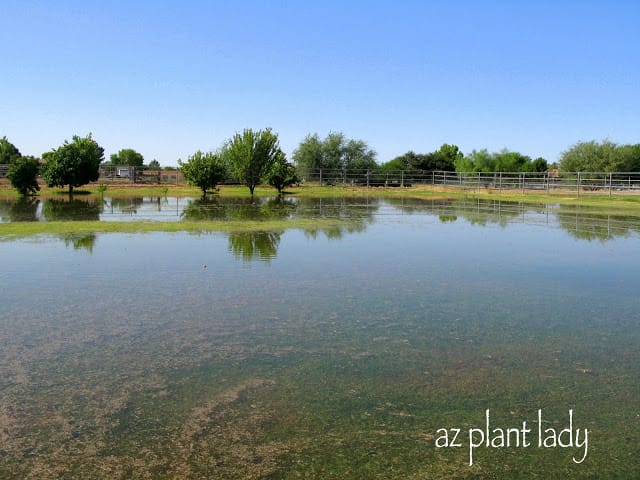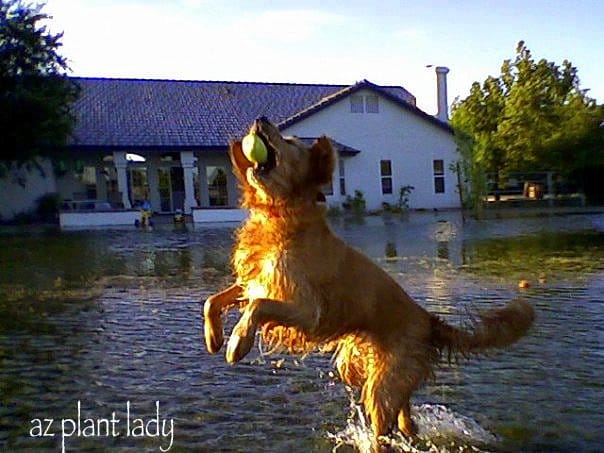I would like to show you a small farm that is located in the middle of the desert. Actually, it is 5 minutes from my house and is the home of my mother, sister, brother-in-law and their sons.
Some of you may recall some previous posts about the Neglected Rose Bush, the Chicken Coop and the Flood in the Garden on Purpose. Well, these all took place at Double S Farms.
The residents of Double S Farms, my mother (Pastor Farmer), sister (Chicken Farmer) and brother-in-law (Farmer Dad), are transplanted Californians like myself.
My youngest sister, Chicken Farmer.
They moved to Arizona a few years ago.. According to my mother and my sister – if you had told them 5 years ago that they would be living in Arizona, away from Southern California and the ocean, be living on a small ranchette, raising fruit trees, vegetables, getting ready for chickens AND loving it….they would have said you were crazy. But they do love living in Arizona and all that it has to offer.
Littlest Farmer helping with the lemon harvest last spring.
Fruit trees fill both the front and backyard. Almost any kind you can think of…..lemon, grapefruit, kumquat, orange, apple, plum, peach and almond trees grace the landscape.
My two oldest daughters, discussing what is the best way to pick fruit from the peach trees.
The bounty they receive include peach and plum preserves, apple butter, lemons, grapefruit and kumquats.
My mother, Pastor Farmer, planting succulents in containers.
The almost finished chicken coop can be seen in the background.
Little Farmer, being silly.
Vegetable gardens are not only a great place to grow vegetables, but also for playing with cars as Littlest Farmer can tell you.
Lettuce, cabbage, carrots, cauliflower are just a few of the delicious vegetables we have enjoyed this winter from the garden.
There is something so appealing about a riding lawnmower, a teenage boy (my oldest nephew, who was visiting) and a dog.
Behind the farm is a small ranchette that raises cattle.
Little Farmer, Littlest Farmer and Farmer Dad flood irrigating.
Double S Farms is a wonderful place where irrigating the land with a flood is a regular occurrence.
Little Farmer and Littlest Farmer in the soon to be completed chicken coop.
A chicken coop is next on the list of additions to Double S Farms. Six chickens will soon be taking up residence in their new coop and chicken yard.
My sister (Chicken Farmer) and her son, Little Farmer
Double S Farms is also a place for family to gather and celebrate birthdays and holidays.
A wonderful tree for a pinata, which my third oldest daughter tries to hit.
Thank you for taking the time to visit Double S Farms with me.
We will be visiting more in the future….
